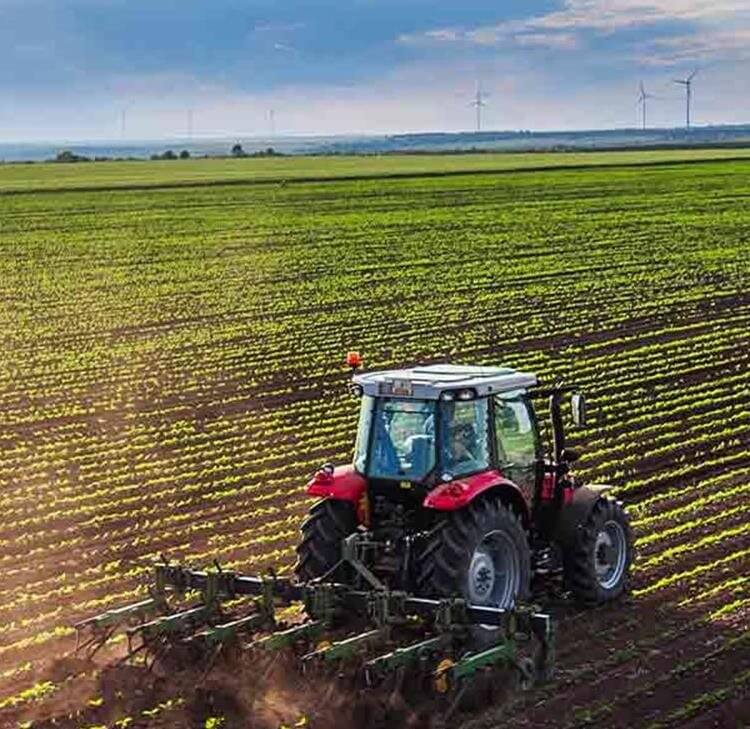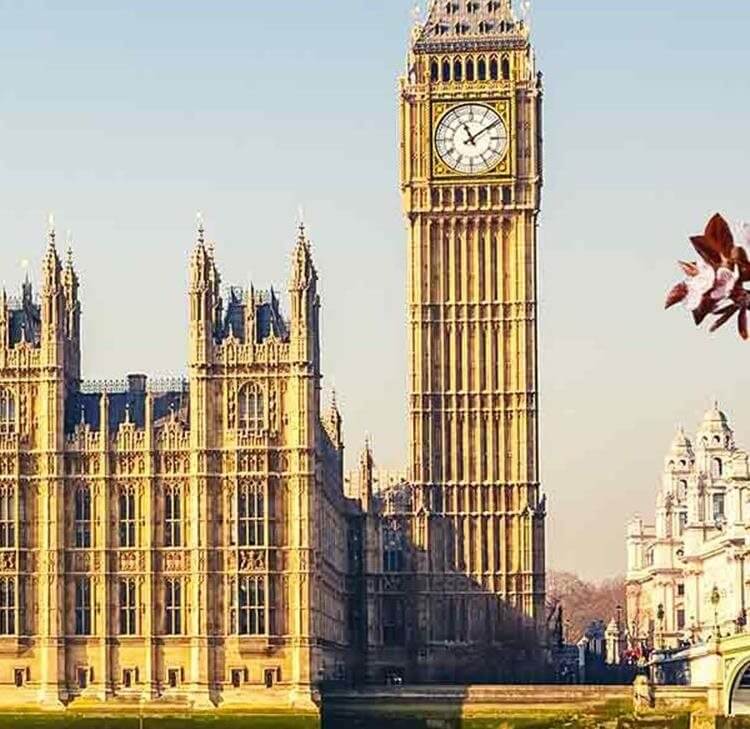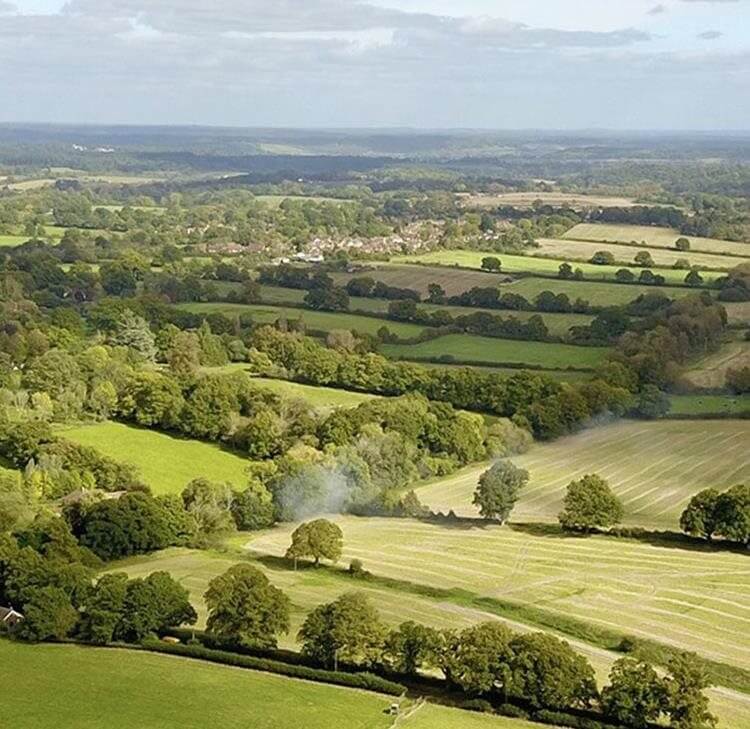Further to our recent article (Biodiversity Net Gain: Government publishes consultation response | Planning law (brownejacobson.com)), Biodiversity Net Gain is a concept that aims to leave the natural environment in a measurably better state than it was in beforehand – and is expected to become a lawful requirement for major developments later this year (November 2023).
One of the fundamental elements of biodiversity net gain is the statutory metric that will underpin the Government’s policy. This metric will need to be used in a consistent manner to:
- Calculate the biodiversity value pre- and post- development; and
- To determine what habitat enhancement (on or offsite) needs to be delivered, and/or what credits need to be purchased, in order to deliver the mandatory 10% biodiversity gain objective.
Under the Environment Act 2021, the Government is required to publish a statutory metric that will be used for Town and Country Planning Act 1990 developments.
We understand that clients, both from the private and public sectors, have been keen to understand exactly what the statutory metric will be – and how it will value certain types of habitat enhancement, how the spatial multiplier will work (especially when considering availability of offsite sites) and – from a resourcing/training perspective – what staff will need to be familiar with.
- Last summer, the Government ran a consultation on the metric for measuring biodiversity net gain: Technical_consultation_biodiversity_metric_August2022.pdf (defra.gov.uk)
- Earlier this week, the Government published their response to the consultation: https://consult.defra.gov.uk/defra-net-gain-consultation-team/technicalconsultation_biodiversitymetric/
- Today, Natural England published its biodiversity metric 4.0: The Biodiversity Metric 4.0 - JP039 (nepubprod.appspot.com) and The Small Sites Metric (Biodiversity Metric 4.0) - JP040 (nepubprod.appspot.com).
The consultation response confirmed several important points:
The documents published today by Natural England are likely to form the basis of the statutory metric. As stated in the consultation response: “We anticipate that this next version of the biodiversity metric, including the small sites metric, will form the basis of the statutory metric”. The metric 4.0 package of documents published by Natural England includes the updated user guides, calculation tools, updated small sites metric, condition assessment sheets and associated guidance documents. Helpfully, there is also a summary of changes made to the previous version of the metric (which was metric 3.1);
The statutory metric will become mandatory to use once it is laid before Parliament, likely in November 2023;
As a response to the consultation, a number of changes have been made to biodiversity metric 3.1 (which was the version that was consulted on last summer), namely:
- The documents published today by Natural England are likely to form the basis of the statutory metric. As stated in the consultation response: “We anticipate that this next version of the biodiversity metric, including the small sites metric, will form the basis of the statutory metric”. The metric 4.0 package of documents published by Natural England includes the updated user guides, calculation tools, updated small sites metric, condition assessment sheets and associated guidance documents. Helpfully, there is also a summary of changes made to the previous version of the metric (which was metric 3.1);
- The statutory metric will become mandatory to use once it is laid before Parliament, likely in November 2023;
- As a response to the consultation, a number of changes have been made to biodiversity metric 3.1 (which was the version that was consulted on last summer), namely:
• the formula of the spatial risk multiplier has been changed;
• a summary of the results on each tab in the calculation tool - making it easier to follow the progress towards net gains as changes are made - has been provided;
• the formatting and user experience with additional error flags, colours, and notes within the tool to inform users of the implications of inputs has been improved; and
• minor errors that were present in the biodiversity metric 3.1 calculation tool have been corrected. - The consultation document also alludes to further major updates being expected in the future, although there is no set timescale of when such an update is expected. However, there is reference to the next major update setting out how NSIPs can apply the spatial risk multiplier. As the Government has previously indicated that NSIPs are likely to be required to deliver mandatory BNG by November 2025, this may suggest that the next major update to the statutory metric may be around this point in time.
Implications for developers, landowners and local planning authorities
Whilst we still do not have a definitive confirmation on what the statutory metric will be from the Government, this consultation response - swiftly followed by Natural England’s publication of the updated biodiversity metric 4.0 package (including the excel spreadsheet calculation tools) – appears to very strongly indicate that the Government is expecting to use biodiversity metric 4.0 documents, or a very similar version of these, as the statutory metric from November 2023.
- Local Planning Authorities: The updated confirmations given by the Government in their consultation response may now allow clients to move forwards with a little more confidence, and progress staff training/familiarisation with BNG and how the metric may impact on the discharge of statutory functions relating to the BNG process;
- Landowners: Further, the package of the biodiversity metric 4.0 documents published by Natural England will allow ecological scenario testing with more certainty. Landowners may now more confidently be able to calculate the likely number/type of units that could be delivered on areas of land; and
- Developers: The updated spatial multiplier formula will also allow developers to consider how/where BNG can be secured and delivered and assess the likely number of units that would be required at different locations.
There does still, however, remain unknowns – and the biodiversity metric 4.0 documents published by Natural England must not be assumed to be the final, statutory versions.
Until the Government confirms the exact form of the statutory metric, some caution should be exercised – but the publication of this consultation response, plus the updated documents, will hopefully provide a basis on which clients can continue to prepare for the upcoming introduction of BNG.
Our solicitors at Browne Jacobson would be happy to discuss any element of BNG further, and if you have any questions, please do contact Ben Standing or Helen Gill.











































